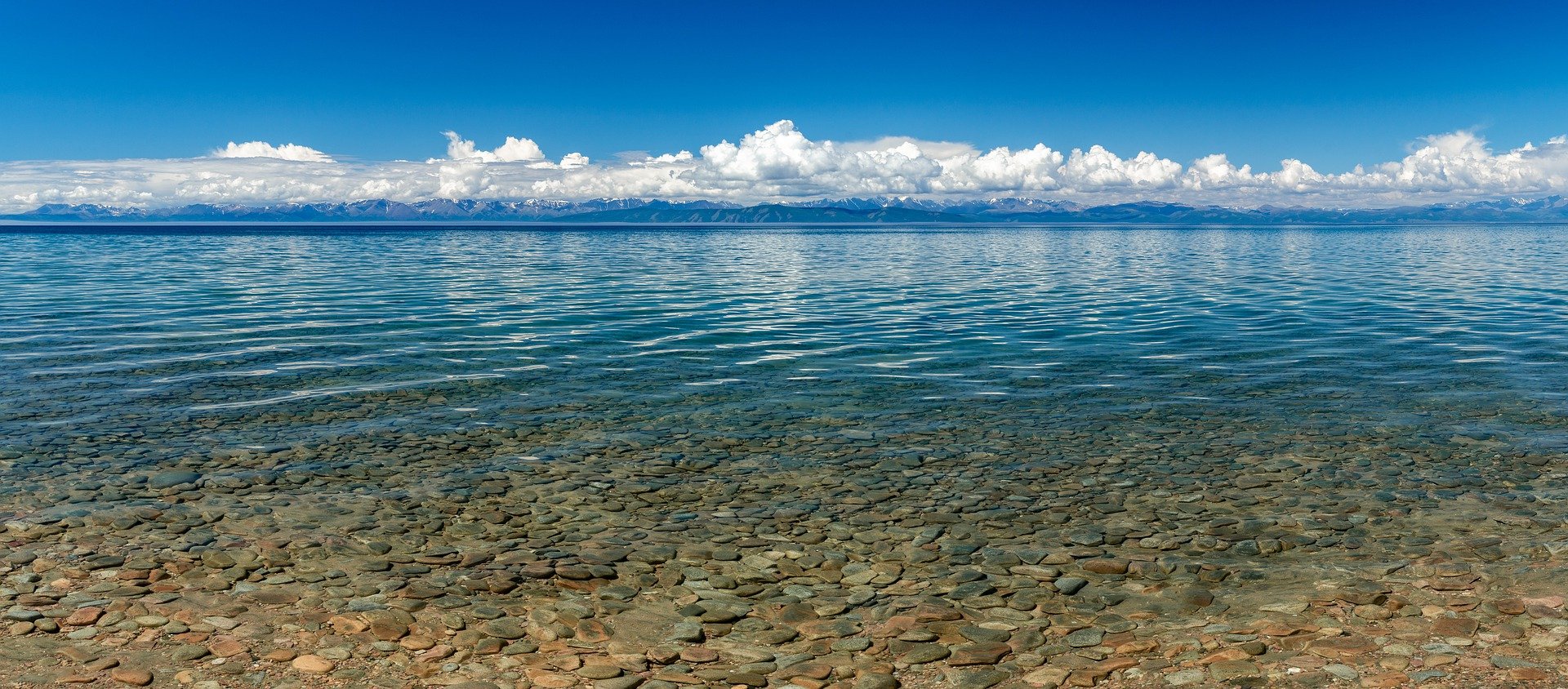Uvs Lake is a highly saline lake in an endorheic basin - Uvs Nuur Basin in Mongolia with a small part in Russia. It is the largest lake in Mongolia by surface area, covering 3,350 km2 at 759 m above sea level. The northeastern tip of the lake is situated in the Tuva Republic of the Russian Federation. The largest settlement near the lake is Ulaangom. This shallow and very saline body of water is a remnant of a huge saline sea that covered a much larger area several thousand years ago.
Geography
Uvs Lake has a length of 84 km and a width of 79 km, with an average depth of 6 m. Its basin is separated from the rest of the Great Lakes Depression by the Khan Khökhii ridge; however, it is not a rift lake as some mistakenly think.
The main feeding rivers are the Baruunturuun, Nariin gol, and Tes (primary feed of the lake) from Khangai Mountains in the east, and the Kharkhiraa River and Sangil gol from the Altai Mountains in the west.
Ecology
The very large catchment area with no exit results in highly saline water (18.8 ppt, one half as salty as the oceans), primarily due to sulphate and sodium ions.
The lake freezes over from October to May. In summer, it exhibits a temperature gradient from 25 °C at the surface to 19 °C at the bottom.
29 different species of fish are known from Uvs Lake, and one of them, the Potanini Altai Osman (Oreoleuciscus potanini), is suitable for human consumption.
Uvs Lake Basin
Uvs Lake Basin is an endorheic basin located on the territorial border of Mongolia and Tuva, a republic of the Russian Federation. The basin is part of the Central Asian Internal Drainage Basin and is named after Uvs Lake, a large saline lake situated in the western part of its drainage basin and is one of the last remnants of the mammoth steppes. Uvs Lake is a shallow lake with an area of 3,350 km2 (1,290 sq mi). Its entire basin, which includes several smaller lakes, is 70,000 km2 (27,000 sq mi).
The basin is part of a combination of raised lands and hollows located throughout the Tannu-Ola and Altai mountainous regions. Here, the world's most northern desert meets the Northern Hemisphere's most southern tundra zone. An area of 10,560 km2 (4,080 sq mi), around three quarters of which lies in Mongolia, was designated Biosphere Reserve in 1997, and a partly overlapping zone of around the same size was designated UNESCO World Heritage in 2003. The Mongolian part of the lake and its immediate surroundings were further adopted as Ramsar wetland in 2004.




